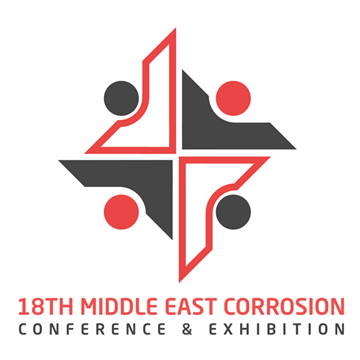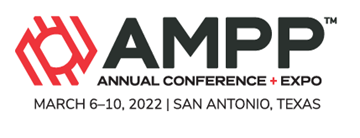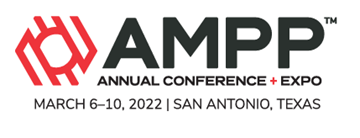Search
Online Conference Paper
View as
Sort by
Display
per page
Reinforced Thermosetting Resin Pipes (RTRP) Failures & Quality Control Measures Adopted During Construction of The Largest LNGI facility in Kuwait
Product Number:
51323-18799-SG
Publication Date:
2023
$20.00
Reinforced Thermosetting Resin Pipes (RTRP) Failures and Quality Control Measures AdoptedDuring Construction of The Largest LNGI facility in Kuwait
Product Number:
MECC23-20057-SG
Publication Date:
2023
$20.00
Relating Changes in Electrochemical Properties to Barrier Property Changes of an Organic Coating System
Product Number:
51323-19314-SG
Publication Date:
2023
$20.00
Reliability Methods for Fracture Verification of Pipelines Subject to Lateral Buckling
Product Number:
MPWT19-15030
Publication Date:
2019
$0.00
Remaining Life Assessment of 9Cr-1Mo Steel Radiant Heater Tube in Continuous Catalytic Reforming Unit
Product Number:
51324-21147-SG
Publication Date:
2024
$40.00
Remediation of Microbially Contaminated Horizontal Wells with Acrolein
Product Number:
51320-14992-SG
Publication Date:
2020
$20.00
Remnant Life Prediction for Glass-Reinforced Plastic Piping
Product Number:
51324-20897-SG
Publication Date:
2024
$40.00
REQUIREMENTS FOR LOW ALLOY STEEL PIPING ATTACHMENT WELDS
Product Number:
MPWT19-15315
Publication Date:
2019
$0.00
Research On Cluster Well Group Casing Cathodic Protection For Field Test And Optimization Of Anode Bed
Product Number:
51322-17724-SG
Publication Date:
2022
$20.00
Research Progress of Fouling Scale Control Technology in Low Permeability Oilfields
Product Number:
51324-21027-SG
Publication Date:
2024
$40.00
Residual Analysis Assay For Thiol-Based VCI Quantification In Top-Of-Line Corrosion Environments
Product Number:
51322-17918-SG
Publication Date:
2022
$20.00












